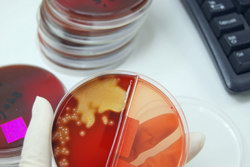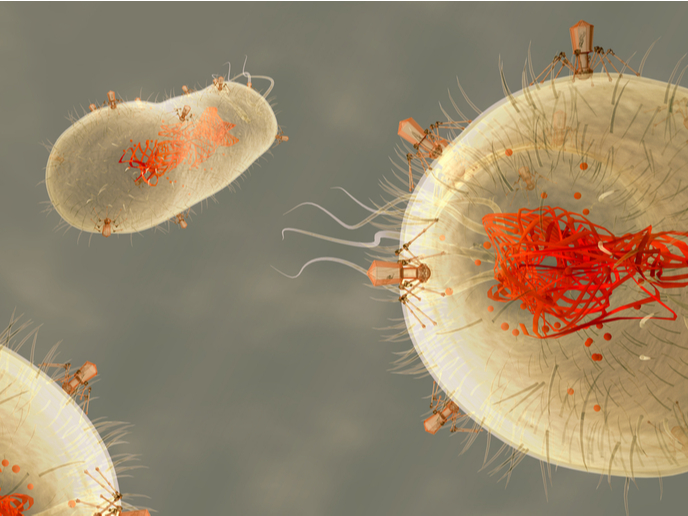Biosensor arrays for pathogen detection
Existing methods of serological analysis of pathogenic toxins provide taxonomic information which is often poorly related to the real pathogenicity of a microorganism. Thus, only a DNA-based analysis method would give information on the health hazard linked to these organisms. To this end, the development of silicon-based chips offer the potential of faster and simultaneous analysis of a large number of genes in a sample in a fully automated fashion. The EU-funded ‘Electrical bio sensor arrays for analyses of harmful micro organisms and microbial toxins’ (Ebiosense) project aimed to develop an advanced platform for analysis of harmful microorganisms and/or their toxic products. This biochip array platform was designed to identify and quantify specific nucleic acids, microbial proteins and toxic microbial products simultaneously. The targets would be recognised and captured by DNA probes or antibodies on the electrochemical transducer electrodes. The captured analyte molecules are labelled with an enzyme that produces an electrically active product which generates an electric current. Project partners designed and evaluated suitable DNA probes and antibodies, and investigated how they could be immobilised on the chip surface. Silicon DNA chip arrays were manufactured for analysis of common food pathogen toxins: the pathogenic E. coli strains, Legionella and Salmonella. Additionally, an antibody-based chip was constructed for analysing staphylococcal toxins. The Ebiosense array has the potential to significantly improve the risk assessment of food products by providing information of toxin production and other pathogenicity factors. Importantly, except for food-associated microorganisms, the technology spans a wide range of analytical applications, including the determination of antibiotics-resistant bacteria.







